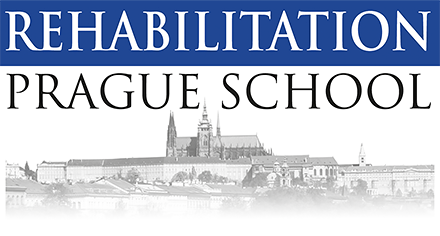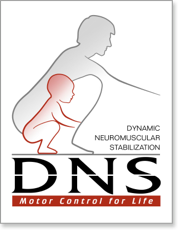August 20 - 22, 2026
3 - Day Course |
|
TIFAR DNS PILATES CENTER |
Instructor
Martina Jezkova, MPT
Course Payment and Organization
Kenny Hsiao
Taiwan Institute of FAscia Research (TIFAR)
www.fascia.com.twmedix88@gmail.com
+886-4-2203-4999
Cell phone: +886-935324999
Course Objectives:
Introduction to DNS principles and Developmental Kinesiology (DK) - relevance for Pilates instructors.
Summary of philosophies of Joseph Pilates and similarities to DK – e.g. upright spine, physiological breathing, “core” stabilisation.
Understand relationship between development during the first year of life and dysfunction of the movement system in adulthood, including common postural and breathing dysfunctions.
Discuss and demonstrate the basis of human movement: support, stepping forward, biomechanics of motor function, the verticalisation process & functional joint centration in postural development.
Evaluate and correct poor respiratory patterns and instruct correct respiration in isolated and integrated DNS and Pilates exercises.
Understand sagittal stabilisation and assess the integrated stabilising system of the spine (ISSS), visually and utilising DNS functional tests.
Integrate DNS tests into pre-Pilates exercises and instruction.
Integrate corrective exercises based on developmental positions into corresponding Pilates exercises in global movement patterns (supine, prone, low kneeling, quadruped, bear and squat positions).
Explore basic support function in undifferentiated (homologous) and differentiated (ipsilateral, contralateral) movement patterns.
Discuss similarities between developmental positions/progressions and Pilates exercises and progressions.
Understand and practice the importance of maintaining joint centration through the entire kinetic chain and with the addition of resistance, support and instability, from Pilates apparatus.
Understand the influence of Pilates apparatus on kinetic chains – including the possibility of semi closed and semi open chain exercise.
Review Pilates instruction (verbal and tactile cues) from a DNS perspective
Apply basic neuro-physiological principles to Pilates program design and progression

